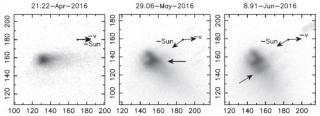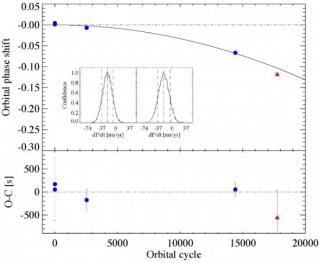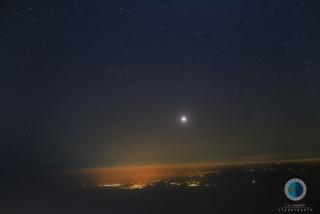
We present deep imaging observations of activated asteroid P/2016 G1 (PANSTARRS) using the 10.4m Gran Telescopio Canarias ( GTC) from 2016 late April to early June. Activated asteroids are objects in orbits typical of asteroids with unlike origin in the cometary reservoirs (the Oort Cloud or the trans-neptunian belt), that ejected dust by any mechanism: sublimation of volatiles (like comets do); collision with another asteroid or rotational disruption. The images of P/2016 G1 show a dust cometary-like coma and were analysed by comparing them with simulated images obtained using a computed
Advertised on

![Ks/F814W flux ratio (or extinction map) with emission line contours of the [OIII] gas in green. The brighter regions denote higher extinction and hence dust absorption. The conical morphology of the ionized gas is clearly defined by a horned-shaped dust s Ks/F814W flux ratio (or extinction map) with emission line contours of the [OIII] gas in green. The brighter regions denote higher extinction and hence dust absorption. The conical morphology of the ionized gas is clearly defined by a horned-shaped dust s](/sites/default/files/styles/crop_square_2_2_to_320px/public/images/news/resultados162_178.jpg?itok=Jo2BKJIF)


